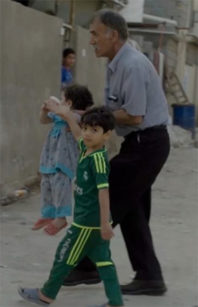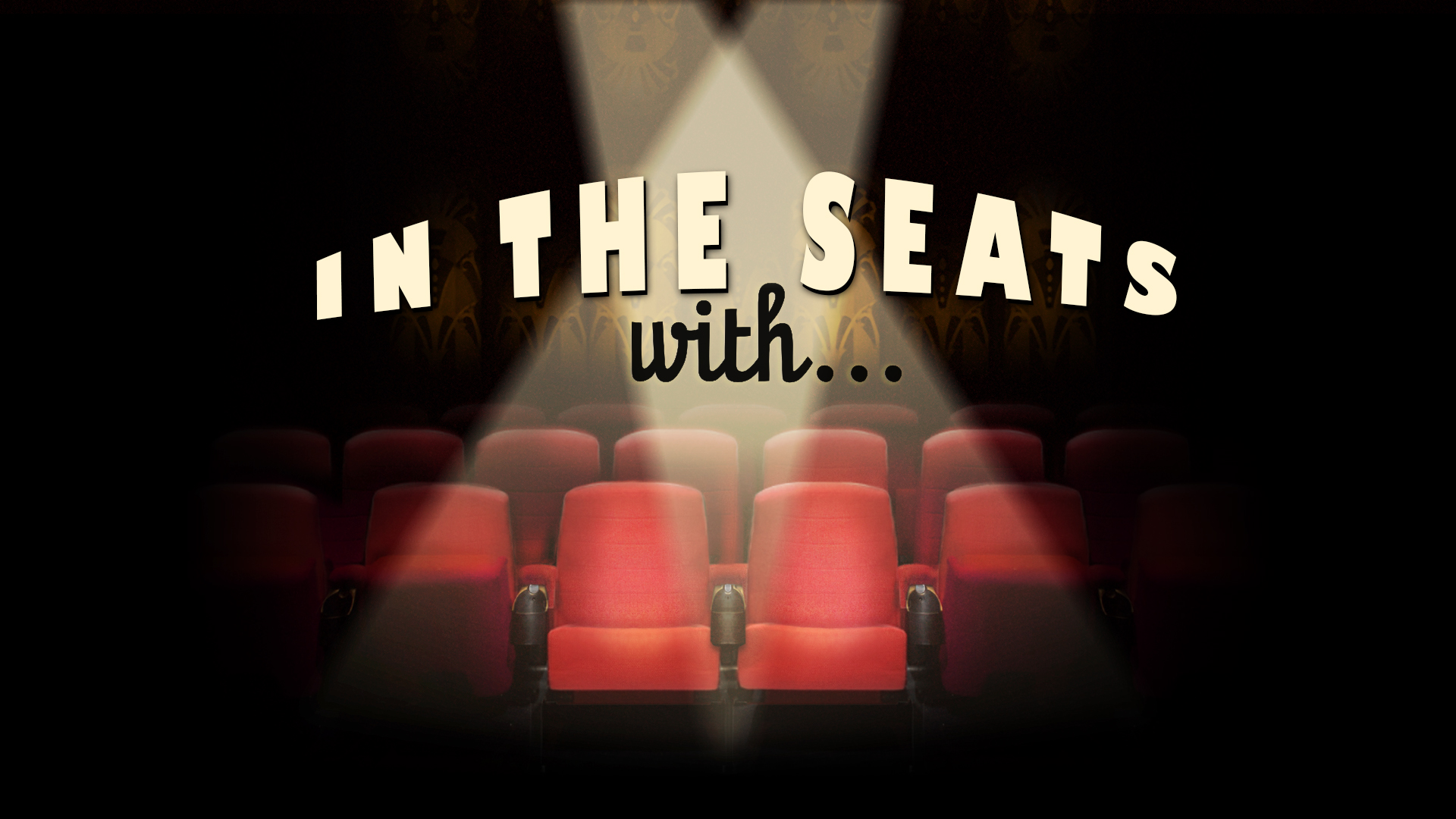
Ann Shin’s My Enemy My Brother focuses a lot on what’s past. That’s usually not a good thing, but the past is an important component of a national identity. It is, in part, trying to lift a country’s reputation. And it does so even in the most minimal use of archive footage. Basra, Iraq, hasn’t always been the perpetual war zone of our imaginations.
In the late 70’s Basra had cultivated gardens, paved roads. It’s where the Shatt-al-arab flowed. And where then then 19-year-old Najah met a young woman Alia. But he lost contact with Alia and their son because he unwillingly signed up to fight in the Iran-Iraq War. He’s in Vancouver now, his memories haunting him, and he yearns to find his family.
Najah is one half of the diptych that Shin presents to us. The other half shows a mechanic who has his own bad experiences of that war. Zahed Haftlang is a Iranian veteran who fought on the other side of that conflict. Fighting those battles still affect him decades later, as these memories lead him to make a few suicide attempts.
My Enemy My Brother uses many re-enactments to bring us back to the painful moments in Najah and Zahed’s lives. But both are natural storytellers who are open to discussing their own traumas. They innately know how to flesh out their stories for an emphatic audience. And a part of their story is their fateful meeting in a support group.
My Enemy My Brother is a great story of two friends. Borders separated them in the past, but they aren’t now. And both need each other as they physically try to return to their homelands. Shin captures their story compassionately, dealing with the specificity of the moral issues troubling and hindering both men.
- Release Date: 4/29/2017

